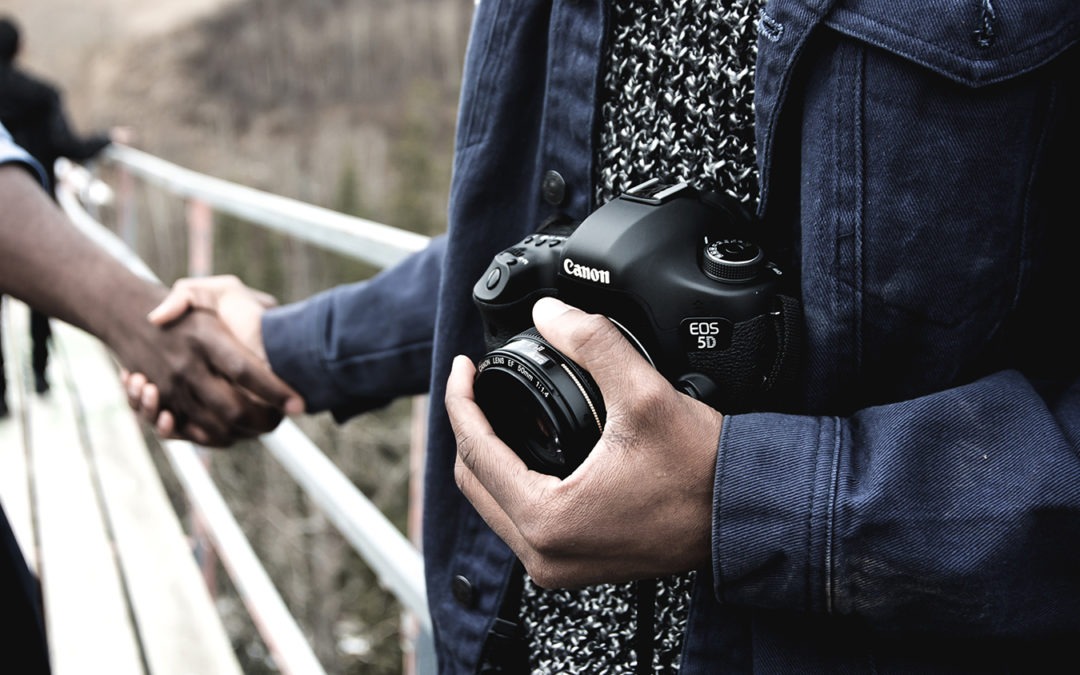Traditionally, major gift fundraising can be defined as a customized relationship between donor and gift officer, and successful major gift fundraising is built on a foundation of these trusting, personal relationships. This cultivation and stewardship journey—and the process of getting to a gift—can take many months, or even years.
How then does the “impersonal,” and expanding, world of digital communications fit into a major gifts strategy, both for current major donors (many of whom are in their 60s or older) and for the emerging generations of philanthropists? We believe that this question is one of the most crucial for fundraisers today.
While the effectiveness of developing direct personal relationships can never be replaced, our experience shows that digital strategies can be highly successful in drawing major donors into a closer relationship with your organization. They are powerful tools for both initiating and maintaining the cultivation cycle.
Major donors tend to consume information in the same way as others in their age demographic. By now, even among older generations, internet use is the norm.
We at Schultz & Williams encourage our clients to include a curated menu of digital strategies in their communications plan for major donors, with an emphasis on keeping it personal. Here are some effective strategies you can use.
It’s a safe bet that the internet is the top tool that many major donors use to research and qualify nonprofits. It is the gateway to your mission, your vision and your work. Keep your website fresh with information about your organization’s successes, and provide news about the impact of your programs.
Provide stories to illustrate how you are leveraging investment. Put faces and names to those you serve.
Use other visuals, such as infographics and photos, to illustrate your work.
Make your data work for you by ensuring that you have turned on Google Analytics and adjusted it to track the data that will interest and inspire your donors.
Be intentional about how you curate information on your website, in emails and on social media. Remember that all of your constituents want to feel engaged, regardless of their ability to give. In our experience, personal, direct language is always the most effective.
Make social media channels work for you. Don’t be shy!
- Provide content to your donors and ask them to post it to thier social media accounts; encourage them to retweet, share and/or repost your comment.
- Get them involved as active particpants in spreading your message. If your organization has turned on the Facebook Fundraisers feature, for example, include major donors in any messaging about launching a peer-to-peer effort.
Use personalization in targeted emails to engage your major donors and to introduce them to new ways to become involved in your mission. A major university recently deployed a high-touch email series using a video message and custom personalization to connect campaign prospects with a development officer. This kind of communication can be deployed to prospects or “triggered” by events that signal propensity for giving.
New digital strategies are a powerful part of your toolbox for appealing to major donors and prospects. Make sure that you employ the same customized, person-to-person approach to communicating with major donors online as you do in more traditional cultivation. And keep in mind that the end goal of all major gift engagement is a personal and lasting relationship.
For additional information please feel free to contact Matt Brown or Krista Sassaman at:
mbrown@schultzwillstg.wpengine.com
ksassaman@schultzwilliam.com




